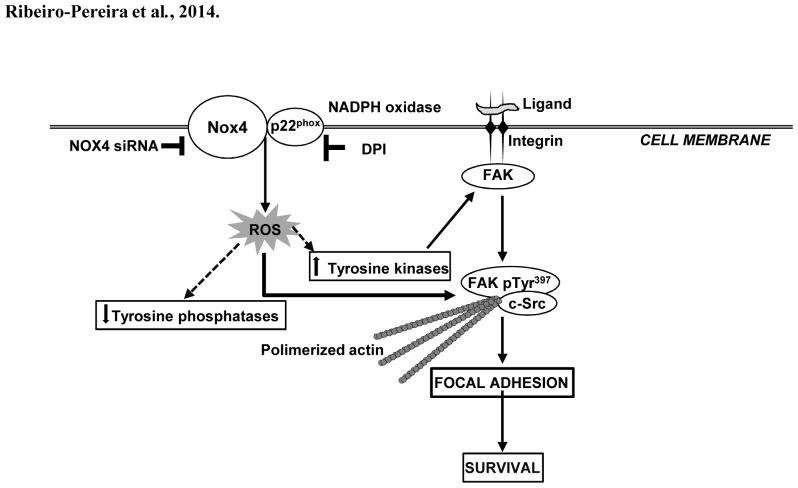Figure 9. A schematic model for signaling pathway activated by NADPH oxidase-generated ROS on human melanoma cells.
NADPH oxidase-derived ROS down-modulate protein tyrosine phosphatases, consequently increasing FAK phosphorylation. FAKY397 phosphorylation creates a high-affinity site for cSrc, as well as stimulates actin polymerization and focal adhesion stabilization, positively modulating cell motility, proliferation and survival. NADPH oxidase inhibition by DPI or NOX4 siRNA reduces ROS production, what probably leads to an increased protein tyrosine phosphatase activity, which, in turn, could inhibit focal adhesion formation/stabilization and induce MV3 human melanoma cells death.

